One of the things I like about exploring is finding out the history of a place – the stories it holds essentially. A case in point is Featherstone POW camp in Northumberland. When I looked into what happened there, I discovered a number of fascinating facts. Firstly, in 1944 it was one of the biggest camps in the UK, with around 4,000 prisoners. Secondly, it was home to German soldiers classified at the highest “Black” level of Nazi indoctrination. And thirdly, three of its key officers, Colonel Vickers, Cpt Merkel, and Captain Herbert Sulzbach, were Jewish.

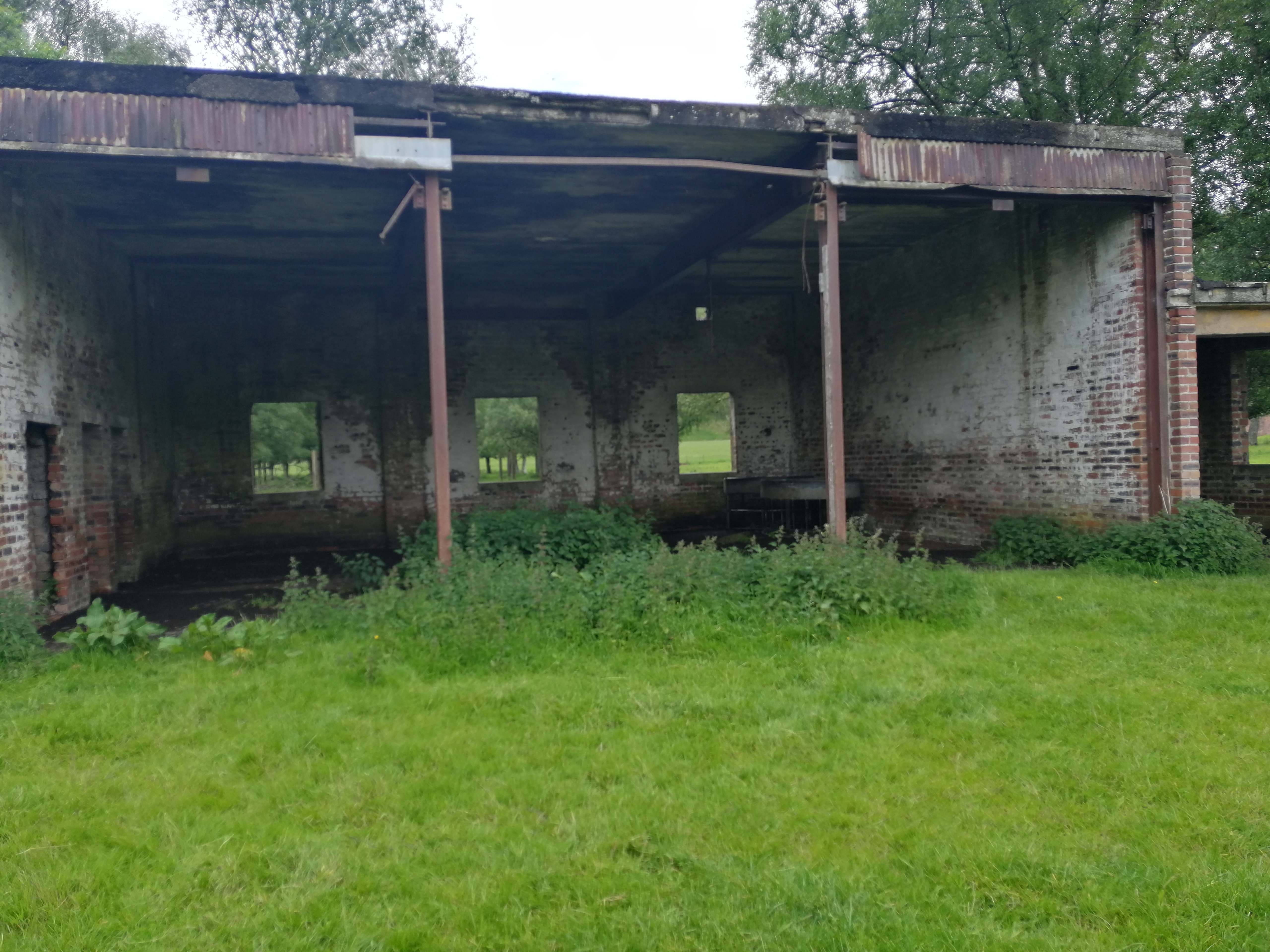
What remains today
What’s left of Featherstone POW camp sits serenely next to the South Tyne river, in a quiet, broad valley. In terms of places to be interned, it’s a pretty good location really. Aside from the remains of a road, there are a few buildings still standing. The only thing left of the actual huts used for prisoners are the foundations. The pillars for the main gate also remain. Attached to one is a commemorative plaque, that mentions Captain Sulzbach.
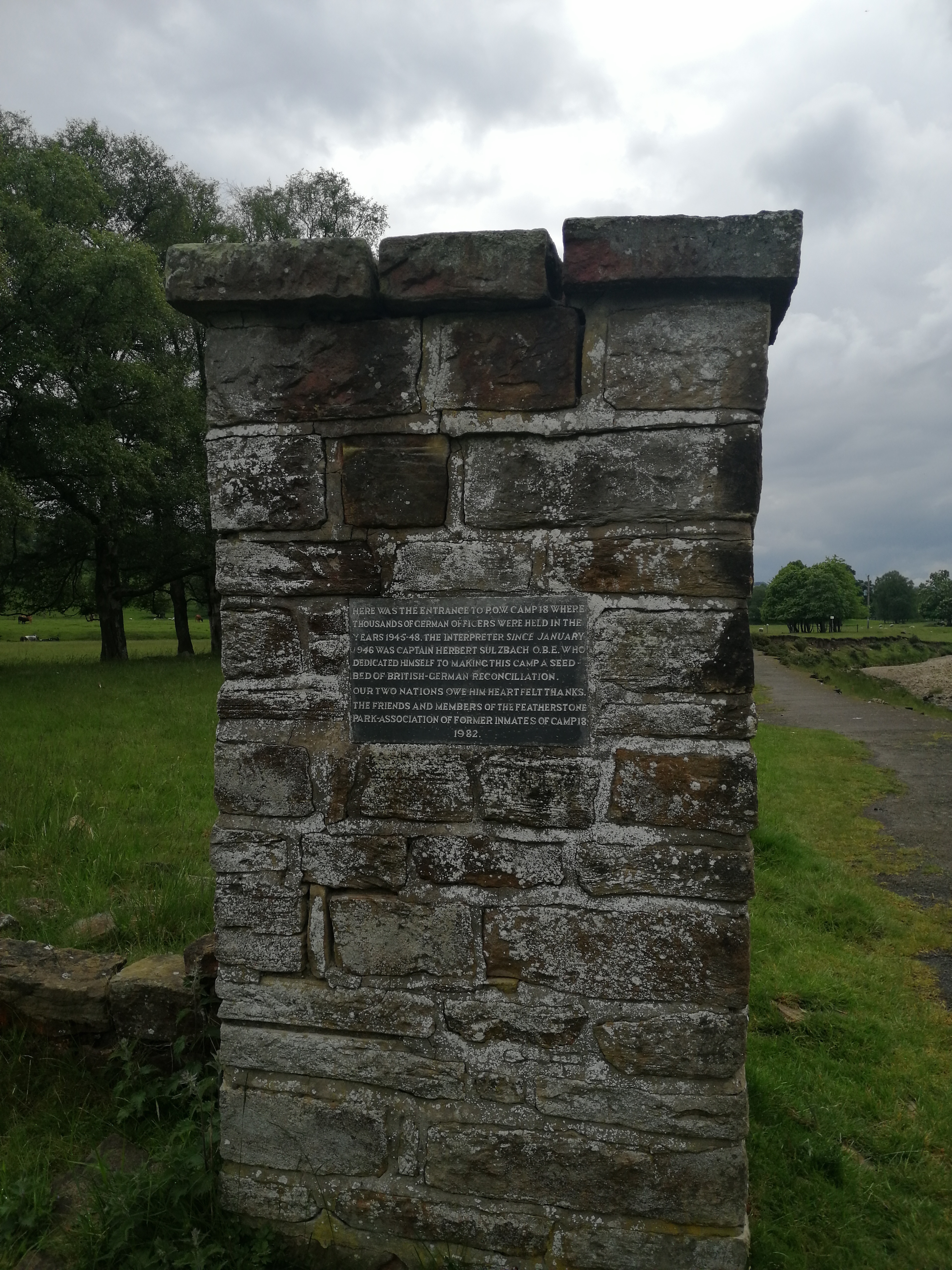
The “de-Nazification” programme
Quite what must have gone through the heads of those Jewish officers knowing, and no doubt hearing, the vile things their captives thought about them, is something for us all to ponder. But they and others involved in the camp didn’t shirk their duty. They were determined not only de-programme these men but also to turn them into productive members of society, to be sent back to rebuild a new Germany.
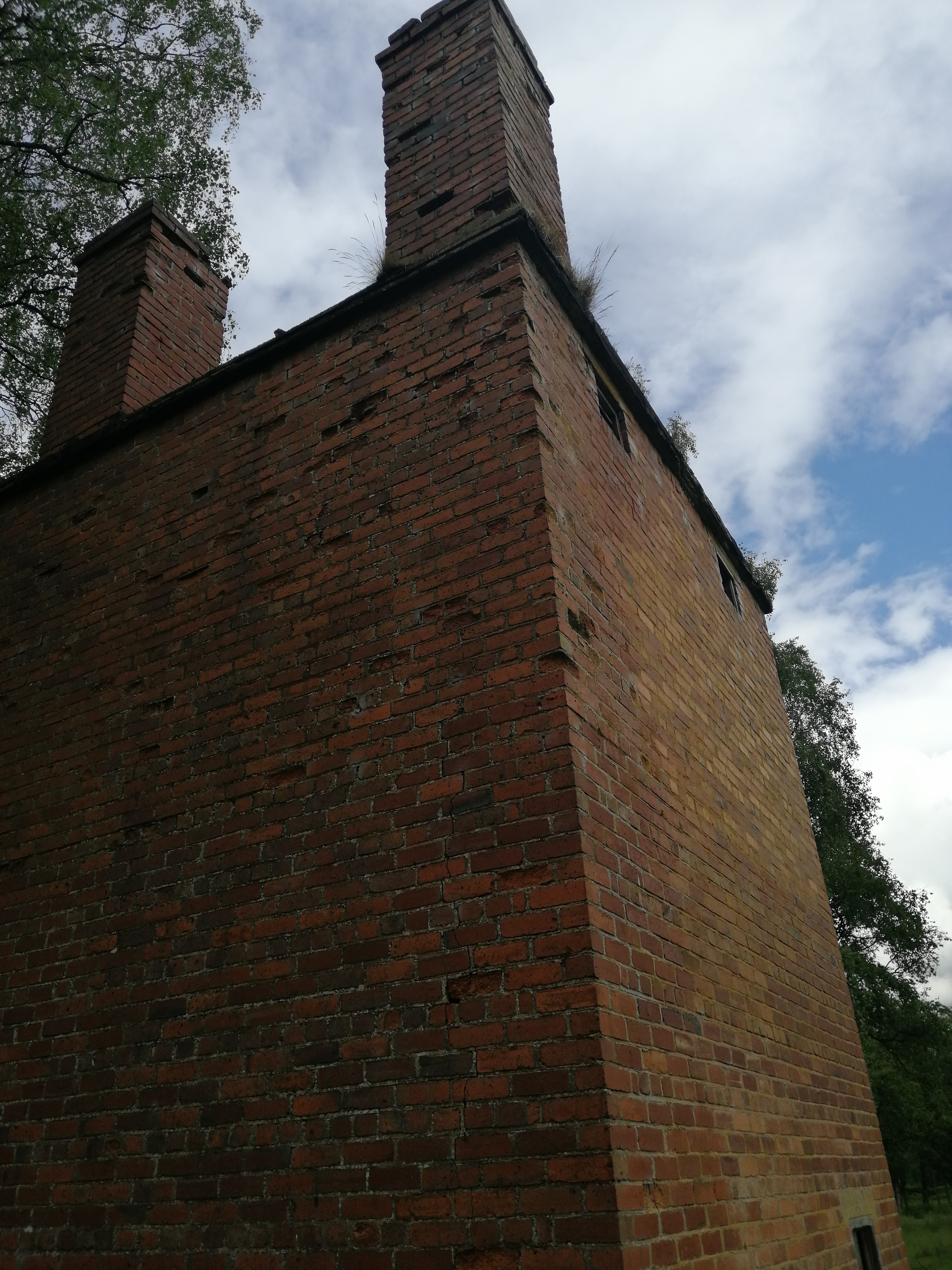
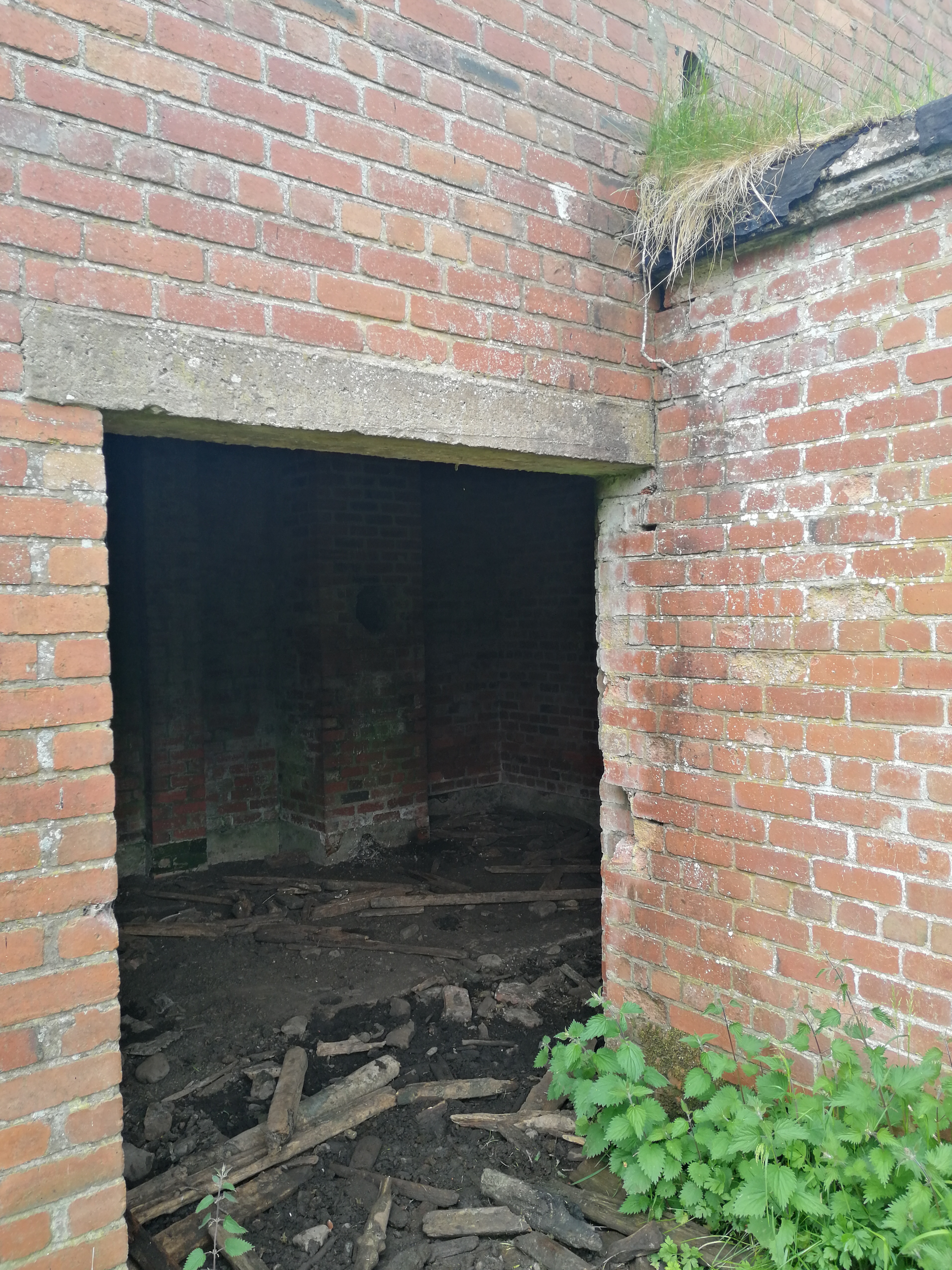
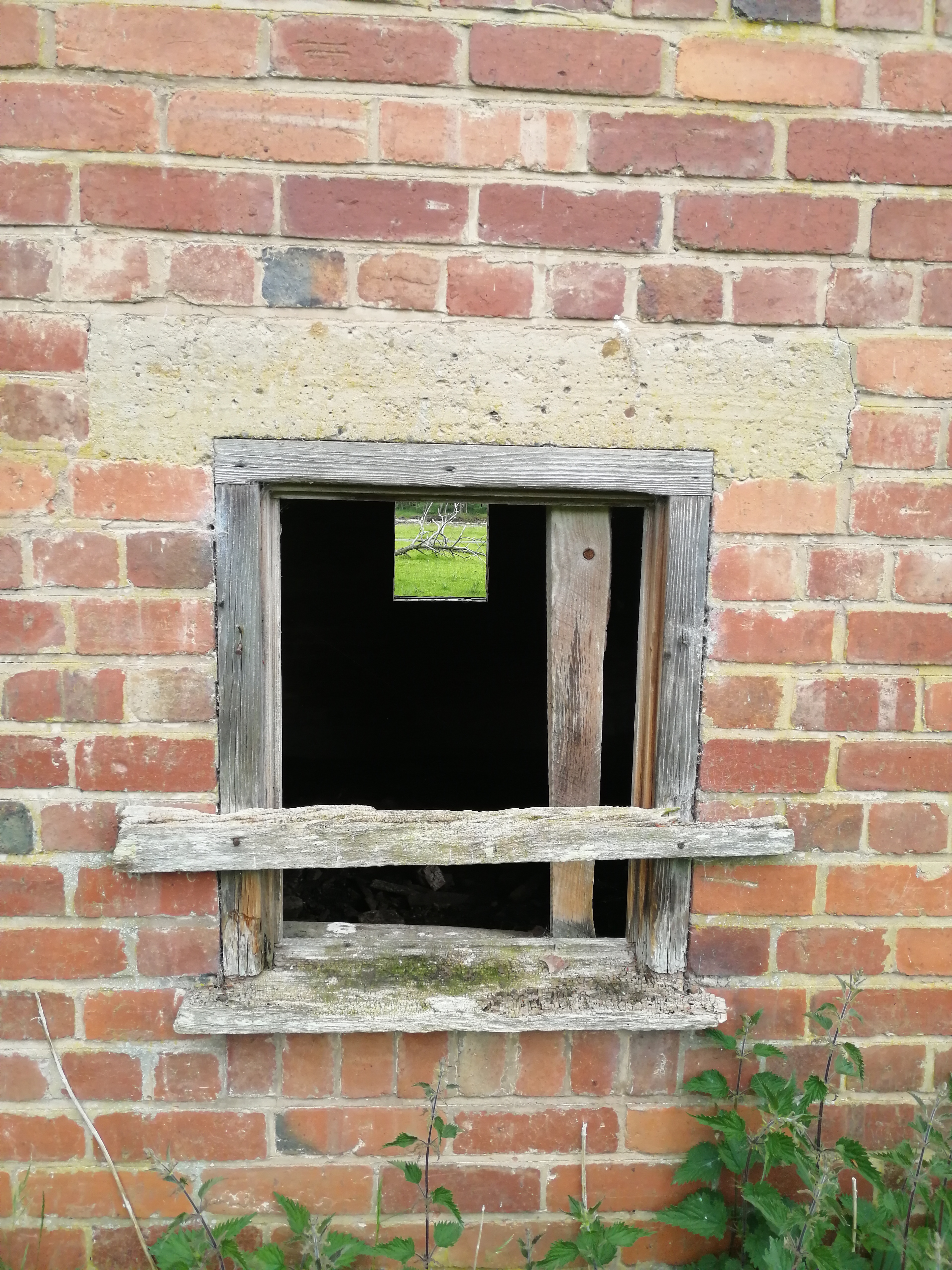
By day prisoners worked in the local community and in the evening they received lectures from academics from Newcastle, Durham, and Oxford. The camp had three orchestras, a bakery, a theatre, a library, a classroom, a chapel, and its own newspaper.
These de-Nazification programmes were deemed a big success, and at Featherstone, the barbed wire was removed in 1947. What remains now is an unusual find, given that most sites have probably been erased, or are unable to visit.
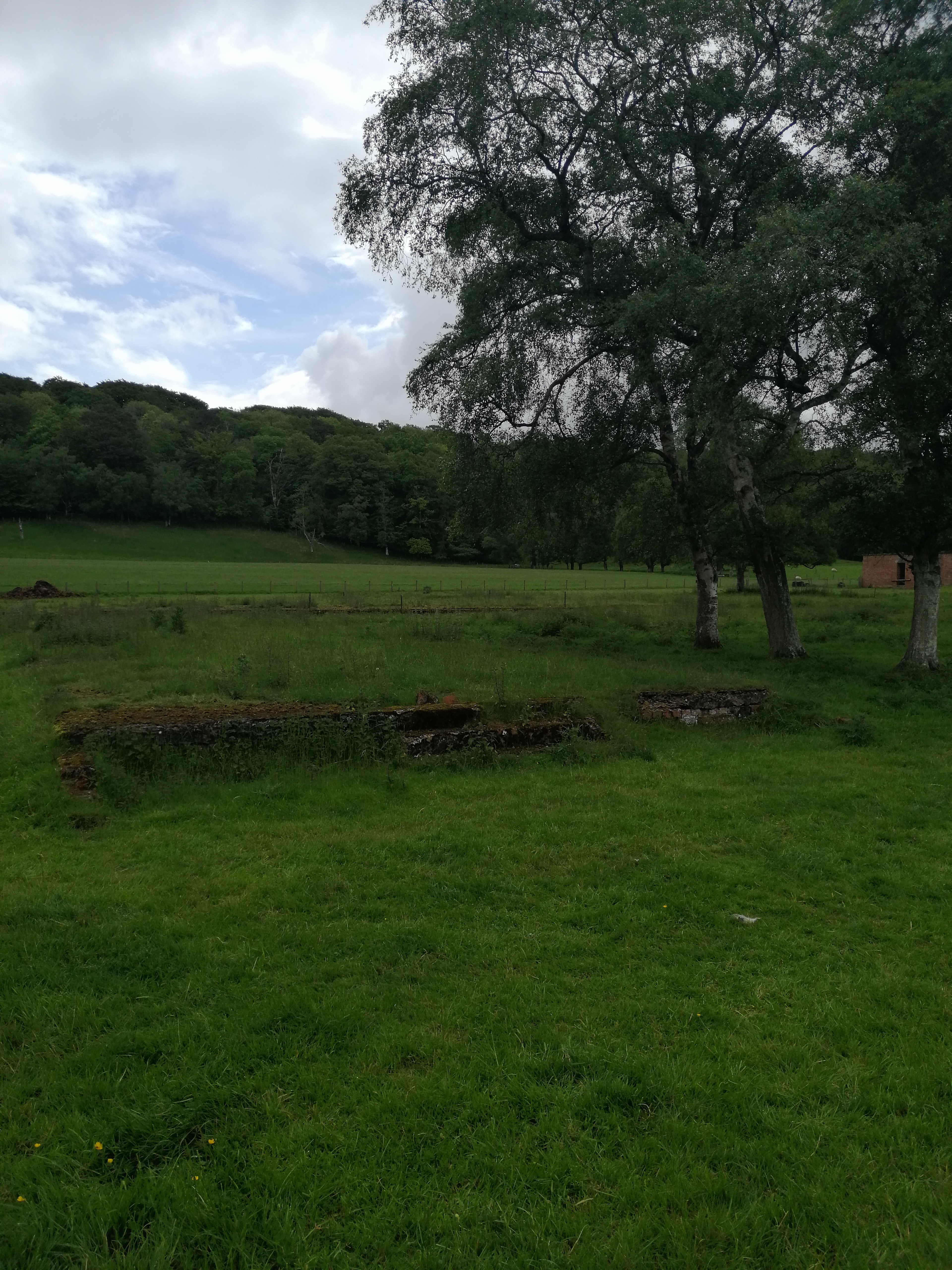
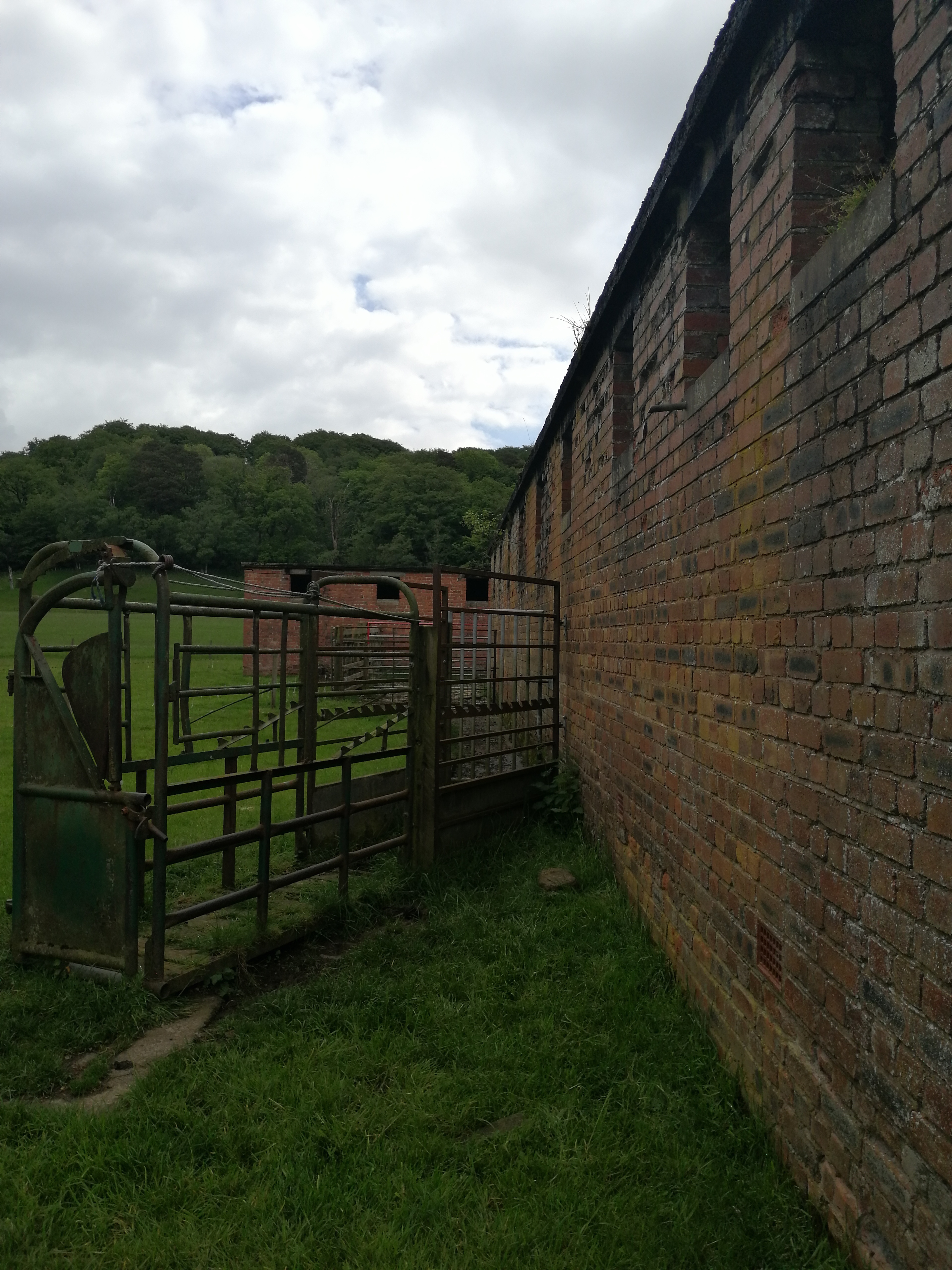
We took a walk through the area, down the river, to Lambly Viaduct, and this was a very interesting place to be able to see firsthand. I’ll admit, I’d not given much thought to what POW camps were like here, nor what was done with prisoners after the war. Many stories could be set here, both from the time and afterward, showing the impact of war on people for generations.
What do you think? Have you ever visited anywhere like this? Please share your thoughts in the comments.


18/07/2022 at 6:29 PM
Imagine how history would be changed if the Germans had shown the same kindness and compassion.